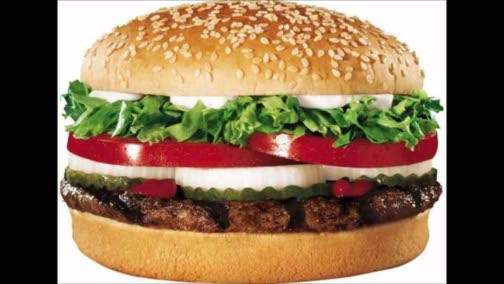Classic economic theory presents a few important concepts that help us understand the movements in exchange rates, with one of the most relevant being purchasing power parity (PPP).
According to purchasing power parity, the price of the same good should be the same in all countries. Put another way, the prices of comparable goods should NOT be different in two separate locations.
If a good is cheaper in one place than another, people will buy more of it and drive its price up until the difference disappears. In other words, inflation will rise sufficiently to make the “real” value (ie nominal price less inflation) of the good equal between countries.
This theory forms the basis of the classical theory of exchange rates.
The classical theory of exchange rates purports that the rate of depreciation of a currency is equal to the difference between the inflation rates of the two countries.
According to this theory, countries with higher inflation, should have higher depreciation and vice versa. In the 2017 fiscal year, Jamaica’s inflation rate was 5.2 per cent (while the US inflation rate was roughly 2.0 per cent, but the currency appreciated by 2.6 per cent.
Therefore the current adjustment we are witnessing is consistent with widely established and accepted economic theory.
http://www.jamaicaobserver.com/sunday-finance/what-moves-the-exchange-rate-_141785




Leave A Comment